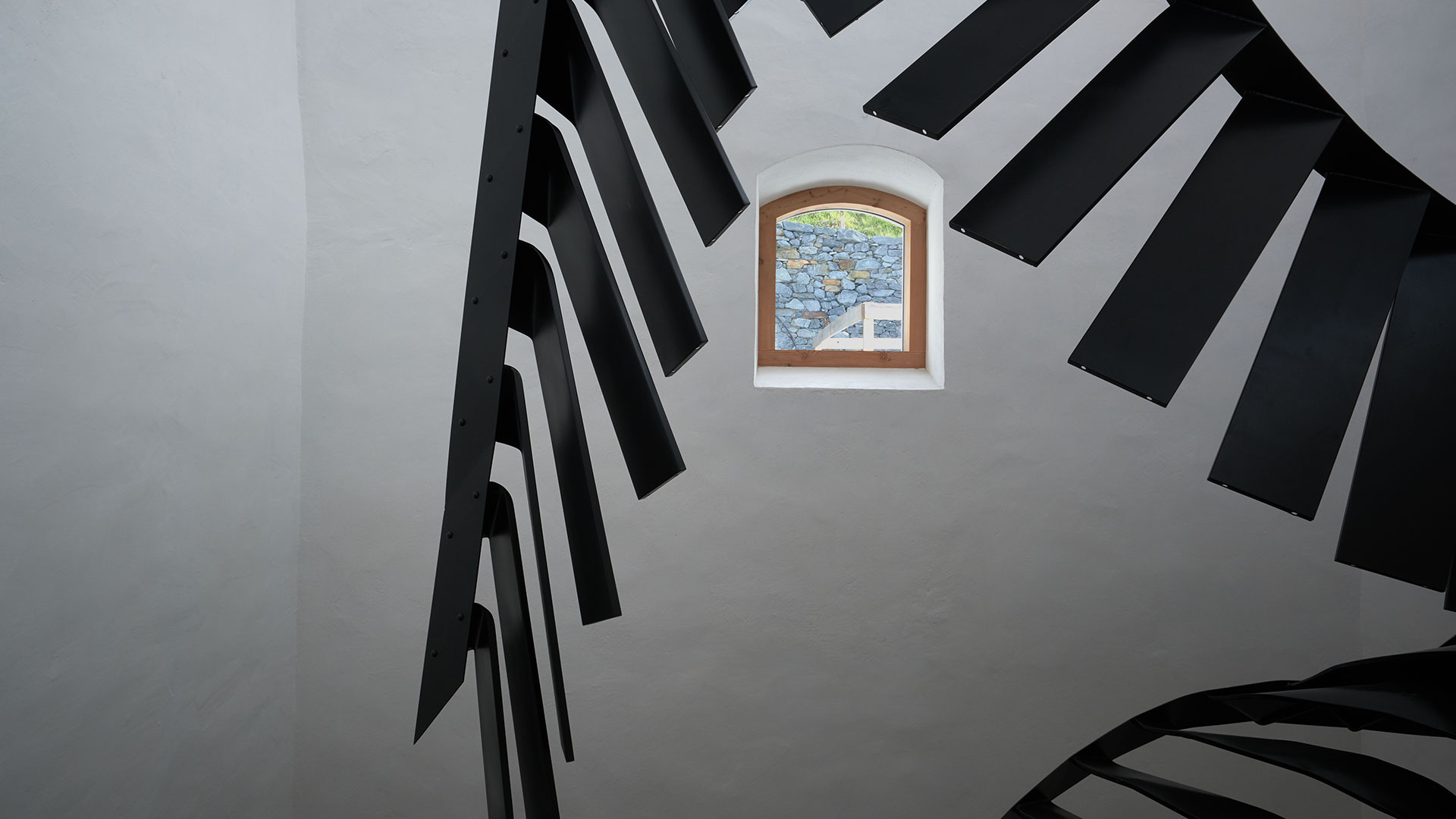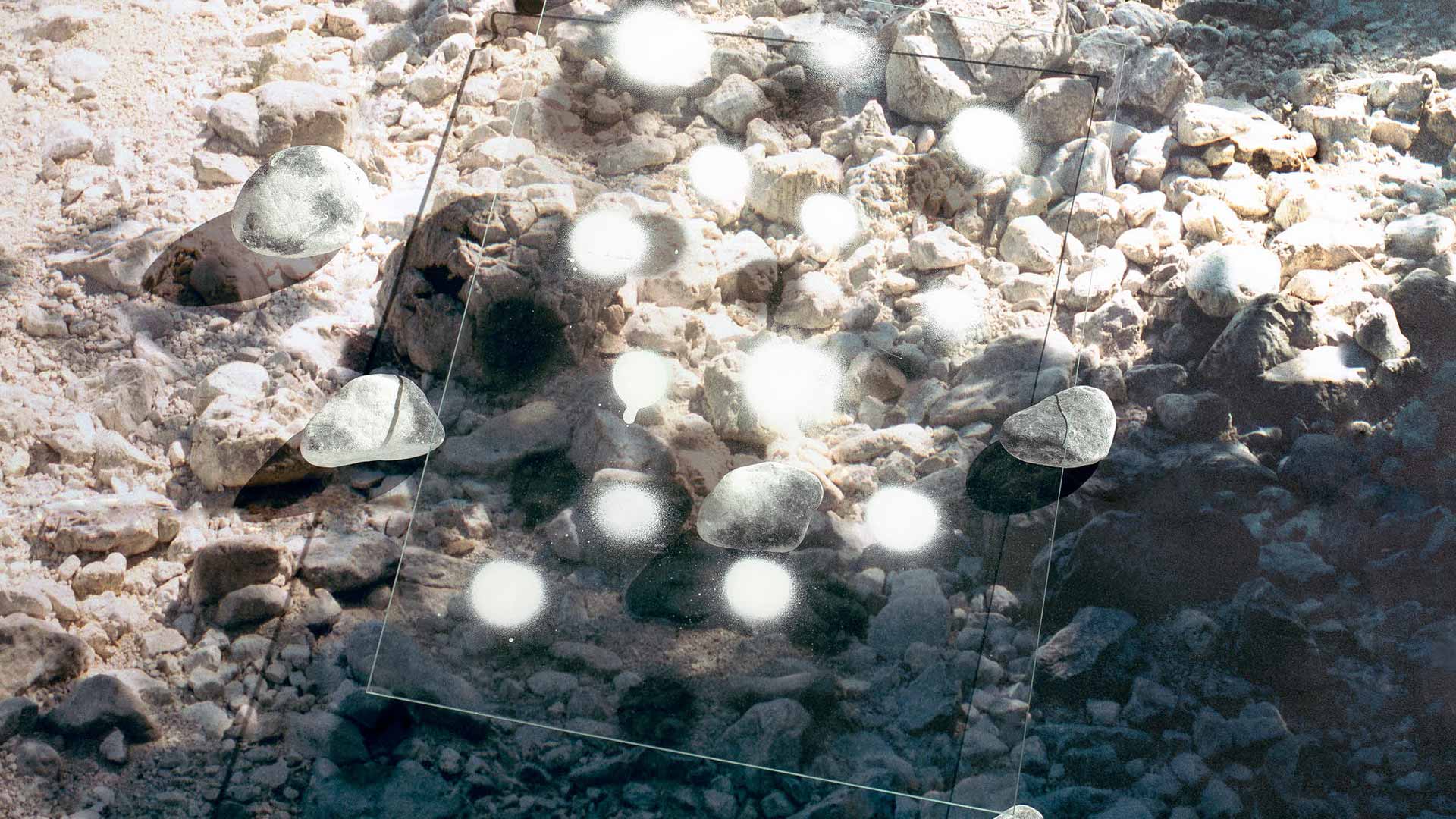From Pagan rituals to stargazing, and from speakeasies to dusky jazz clubs: plenty of rites, activities and places seem to be catalysed after dark. Many of us have our own private customs, whether intentional or unconscious—a late-evening walk to unwind, a soothing bath, a glass of something peaty before bed. Here, we take a brief survey of three practices whose very raisons d’être are inextricably linked to the night.
Blossoming by night
Lucid dreaming
The adage holds that ‘practice makes perfect’. Perhaps some of the tasks traditionally attempted during waking hours—rehearsing a difficult conversation with a cantankerous father-in-law; practising a complicated dance step; or trying to work through a knot of writer’s block—are better left till bedtime, after all. Early Buddhists sought to develop the ability to become cognisant of when they were dreaming, while Aristotle described the idea in his treatise On Dreams. In popular culture, lucid dreams are often associated with creativity—but, in theory, the phenomenon may also be able to enhance creativity, with lucid dreams acting as a blank slate for associative links, storytelling, abstract thinking and problem-solving. Various methods to trigger a lucid dream have been proposed, from maintaining a dream diary to regular meditation to rehearsal techniques. Interestingly, a small percentage of lucid dreams are, in fact, lucid nightmares, while a 2017 paper found that ‘neuroticism’—a personality trait that often manifests as moodiness or increased propensity towards emotions such as anxiety, frustration and guilt—correlated positively with high-frequency lucid dreams. Some proponents offer lucid dreams as a kind of working-out space for real life, where discussions, activities or scenarios may be rehearsed: there is research to suggest that people who dream of practising a routine or a particular sport, for example, can improve these abilities in waking life. The benefits and biological basis of lucid dreaming are not yet fully understood. One study found that the prefrontal cortex, which is involved in higher-order cognitive functions such as memory recall, insight and decision-making, is larger in individuals who experience lucid dreams. It is believed that with time and practice, however, anyone can ‘learn’ to be aware of when they are dreaming—good news for those of us not naturally gifted with the ability.
Moon bathing
In days gone by, Guinness stout was recommended to expectant mothers. Cigarette-smoking was endorsed by physicians. And blissfully unaware of the dangers of UV radiation, we slathered ourselves in coconut oil and lay in the sun for hours. While a modest daily dose of Vitamin D is still recommended, hours of sunbaking is no longer considered prudent. For those nostalgic for the languid hours spend stretched out beneath the sky, book or crossword in hand, there’s a safer option: moon bathing. There’s something decidedly new-agey about the name, but it’s a time-honoured practice with roots in various traditions from Ayurveda to paganism. Even the protagonist of Anaïs Nin’s novel A Spy in the House of Love is an advocate: ‘At sixteen Sabina took moon baths, first of all because everyone else took sun baths, and second, she admitted, because she had been told it was dangerous.’ Perhaps best of all, little preparation is required. Unlike the summertime trip to the beach, lake, river or pond—where suncream, hats and towels amount to but a few of the items on the packing list—moon bathing calls for little effort or forward planning. Many proponents suggest lying in an outdoor space, such as a porch, garden or courtyard, with artificial lighting dimmed or switched extinguished. (If you don’t have a suitable spot, a moonlit walk is a fine substitute. Leave your phone at home, allow your eyes adjust to the dark, and enjoy the glow.) A word to the wise: wait till your cohabitants are out for the night, or give them advance notice of your plans. The unexpected sight of a significant other, housemate or friend lying prostrate and unmoving on the lawn may yield the very opposite of healing energy.
Night light
Since the advent of artificial lighting, humans have sought to illuminate all manner of spaces and structures. New York’s Art Deco-era Chrysler Building is one of the most recognisable examples of nocturnal architecture: the design of built structures for effect after dark. Lighting has now been incorporated into structures built long before the lightbulb—such as the ancient theatre of Taormina and the Great Wall of China—as well as natural sites like Niagara Falls. Well-lit public spaces are considered safer at night; and as a pedestrian, out on a chilly night, there are few scenes more inviting than the warm, golden squares of windows in houses. More recently, however, perpetual illumination has been called into question. Research has shown that artificial lighting in caves, installed for at tourist sites, disturbs small mammals like bats. In urban centres, light pollution dilutes the beauty and clarity of the night sky, while many cities and even built structures are visible from space. Homes and bedrooms offer no sanctuary, with the glowing screens of our devices always within arm’s reach. And in the face of catastrophic climate change, the sight of so many skyscraper windows aflame seems more rapacious than romantic. After all, humans spent millennia living according to the natural rhythms of night and day—so why our modern obsession with 24-hour illumination, and how might we reclaim the dark? There is no easy solution, but our current environmental moment is witnessing a move toward sustainability in lighting design. Cities around the world have begun the transition from older-style streetlamps, such as mercury vapour bulbs and fluorescent tubes, with more energy-efficient LED lights. As for the domestic space, perhaps the answer lies in embracing the cycle of light and dark. Blackout blinds or curtains help to block intrusive streetlamps or security lights. Candlelight or dimmer globes are gentler to screen-fatigued eyes than glaring overhead bulbs. And a mind permitted genuine quiet time before bed—instead of late-night scrolling, streaming or emailing—will surely rise better refreshed than a mind stimulated to the brink of sleep. Creatives, too, are exploring the potential of darkness. For the 2014 Istanbul Design Biennial, architect and Royal College of Art graduate Clio Capeille challenged the ‘24-hour non-stop city’ with a number of conceptual buildings designed for use and exploration in the dark, including a horizontal chamber, allowing visitors a smooth transition from light to darkness and a ‘pre-reverie observatory’ from which the surrounding terrain and sky could be viewed. Capeille’s designs offer a kind of night vision—a means of rediscovering an environment, and perhaps even a recalibration of the senses.


